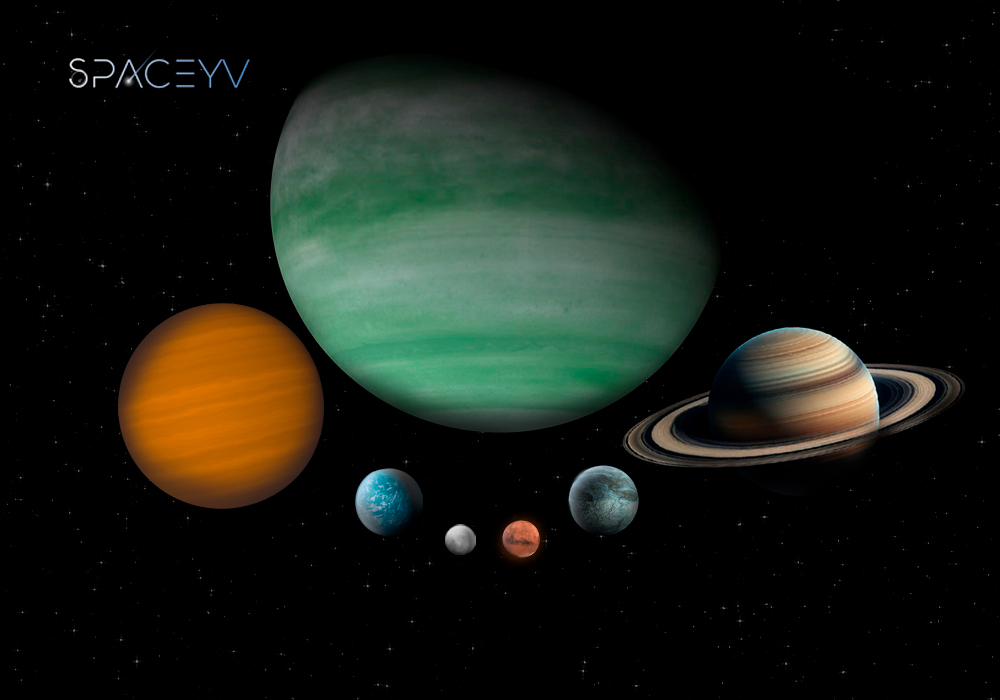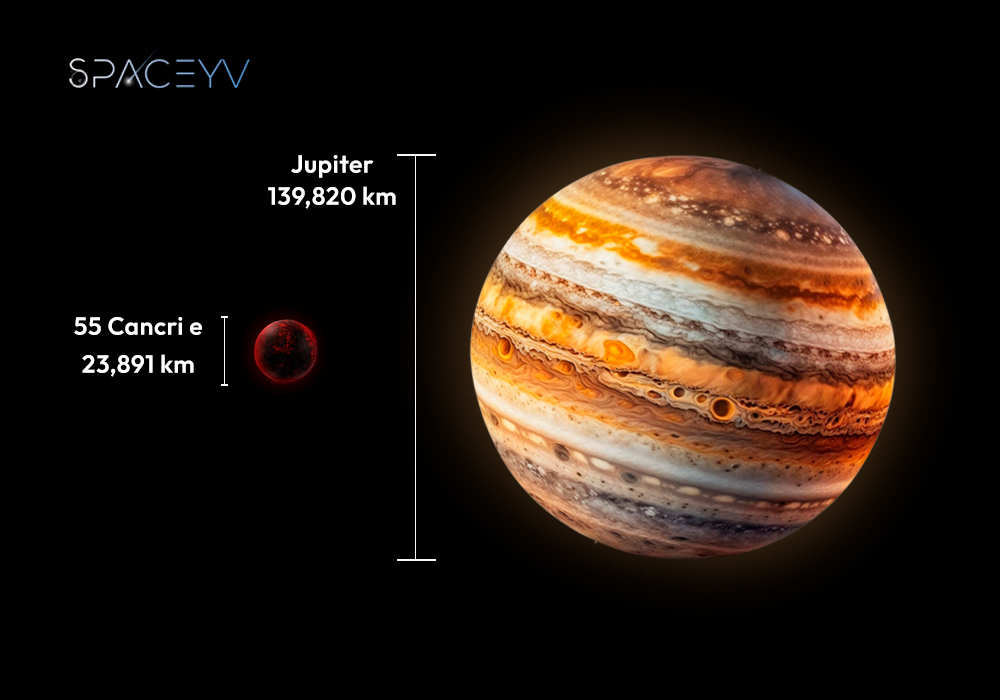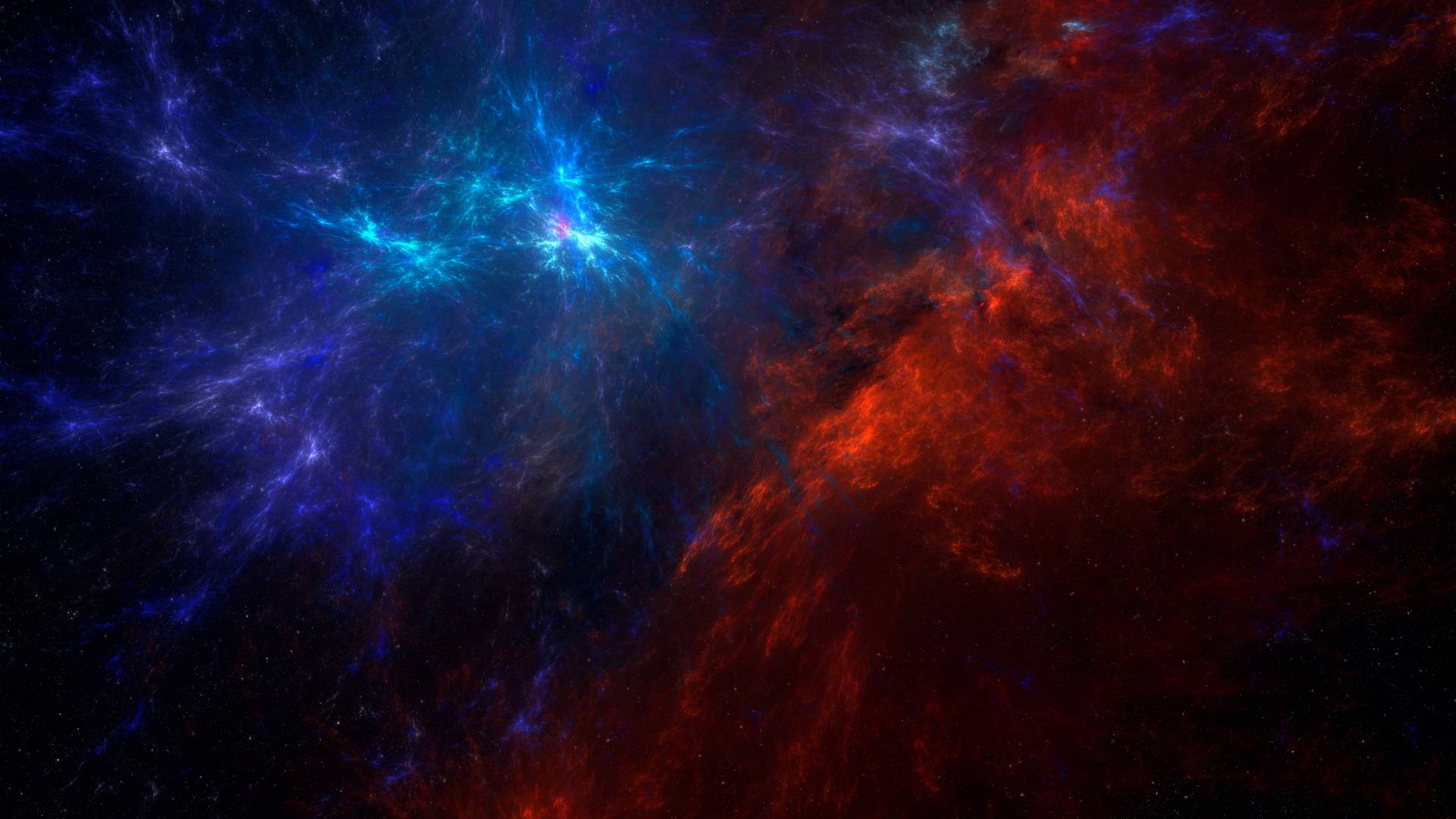In this article we Review the Largest and Smallest Planets ,Within the vast expanse of the universe, planets come in all shapes and sizes, ranging from massive gas giants to tiny rocky worlds. These celestial bodies, each with its own unique characteristics, play a crucial role in shaping the diversity and complexity of our cosmos.
Let’s embark on a journey to explore the contrasting realms of larger and smaller planets and unravel the mysteries they hold. stay with Spaceyv
The list of Largest and Smallest Planets
🪐 Largest Planets (by Diameter)
| Rank | Planet | Diameter (km) | Fun Fact |
|---|---|---|---|
| 1 | Jupiter | 139,820 km | Can fit over 1,300 Earths inside! |
| 2 | Saturn | 116,460 km | Known for its stunning rings. |
| 3 | Uranus | 50,724 km | Spins on its side! |
| 4 | Neptune | 49,244 km | Deep blue due to methane. |
🪐 Smallest Planets (by Diameter)
| Rank | Planet | Diameter (km) | Fun Fact |
|---|---|---|---|
| 1 | Mercury | 4,879 km | No atmosphere – huge temperature swings. |
| 2 | Mars | 6,779 km | Home to the tallest volcano in the solar system. |
| 3 | Venus | 12,104 km | Similar size to Earth but hotter. |
| 4 | Earth | 12,742 km | The only known planet with life. |
🌠 Notes:
-
Jupiter is not only the largest by diameter but also by mass and volume.
-
Mercury, the smallest, is even smaller than some moons (like Ganymede and Titan).
-
All gas giants are larger than the rocky terrestrial planets.
-
Pluto (no longer classified as a planet) is even smaller than Mercury, at 2,377 km in diameter.
🔭 Bonus: Largest and Smallest Moons
| Type | Name | Diameter (km) | Orbiting |
|---|---|---|---|
| Largest | Ganymede | 5,268 km | Jupiter |
| Smallest* | Deimos | ~12 km | Mars |
*Some smaller moons are irregular-shaped and just a few kilometers wide!
🚀 Wrap-Up
Understanding the sizes of planets helps us grasp how diverse our solar system really is—from giant gas worlds like Jupiter to small rocky ones like Mercury.
In our solar system, the planets vary widely in size, from the colossal gas giants to the smaller, rocky terrestrial worlds.
Here is a list of the planets in order from largest to smallest:
- Jupiter – The largest planet in our solar system, Jupiter is a gas giant with a diameter of about 139,822 kilometers (86,881 miles). It’s so massive that it’s more than twice as massive as all the other planets combined.
- Saturn – Known for its stunning ring system, Saturn is the second-largest planet with a diameter of about 116,464 kilometers (72,366 miles). It’s another gas giant, less massive than Jupiter but still a colossal world.
- Uranus – Uranus, the third-largest planet, has a diameter of about 50,724 kilometers (31,518 miles). It’s a gas giant with a unique blue-green color due to methane in its atmosphere and is notable for its sideways rotation.
- Neptune – Neptune is slightly smaller than Uranus, with a diameter of about 49,244 kilometers (30,598 miles). This ice giant appears blue due to atmospheric methane, and it’s known for its strong winds.
- Earth – Our home planet is the largest terrestrial planet in the solar system, with a diameter of about 12,742 kilometers (7,918 miles). It’s the densest planet and the only one known to support life.
- Venus – Venus is very close in size to Earth, with a diameter of about 12,104 kilometers (7,521 miles). It’s known for its thick, toxic atmosphere and surface temperatures hot enough to melt lead.
- Mars – The red planet has a diameter of about 6,779 kilometers (4,212 miles). It’s a barren, rocky world with the tallest volcano and the deepest, longest canyon in the solar system.
- Mercury – The smallest planet in our solar system, Mercury has a diameter of about 4,880 kilometers (3,032 miles). It’s a rocky planet, closest to the Sun, with extreme temperature variations.
Largest Planets: Giants of the Cosmos
Giant planets, also known as gas giants, dominate the upper echelons of planetary size and mass. These colossal worlds, predominantly composed of hydrogen and helium, possess thick atmospheres and lack solid surfaces. Among the most well-known examples of gas giants are Jupiter and Saturn, the largest planets in our solar system.
Key Features of Largest Planets:
- Massive Size: Giant planets typically boast diameters several times larger than that of Earth, with Jupiter, the largest planet in our solar system, having a diameter approximately 11 times greater than Earth’s.
- Thick Atmospheres: Gas giants possess thick atmospheres composed primarily of hydrogen and helium, along with trace amounts of other gases such as methane and ammonia. These dense atmospheres give rise to dynamic weather patterns, including powerful storms and swirling cloud bands.
- Rings and Moons: Many giant planets, including Saturn, Uranus, and Neptune, have rings made of dust, ice, and rock encircling their equators. Additionally, these planets often host numerous moons of varying sizes and compositions.
Smallest Planets: Gems of the Cosmos
On the opposite end of the size spectrum lie smaller planets, which encompass a diverse array of terrestrial worlds and icy bodies. These diminutive celestial orbs, characterized by solid surfaces and relatively low masses, include rocky planets like Earth and Mars, as well as dwarf planets such as Pluto.
Key Features of Smallest Planets:
- Rocky Surfaces: Smaller planets, also known as terrestrial planets, possess solid surfaces composed of rocky materials such as silicates and metals. These worlds often exhibit geological features such as mountains, valleys, and impact craters.
- Moderate Mass: Compared to gas giants, smaller planets have lower masses and densities, resulting in gravitational forces that are conducive to the formation of stable, solid surfaces.
- Potential for Habitability: Terrestrial planets like Earth are of particular interest to scientists due to their potential to harbor life. With the right combination of conditions, including a suitable atmosphere, liquid water, and a stable climate, these planets could support the emergence and evolution of living organisms.
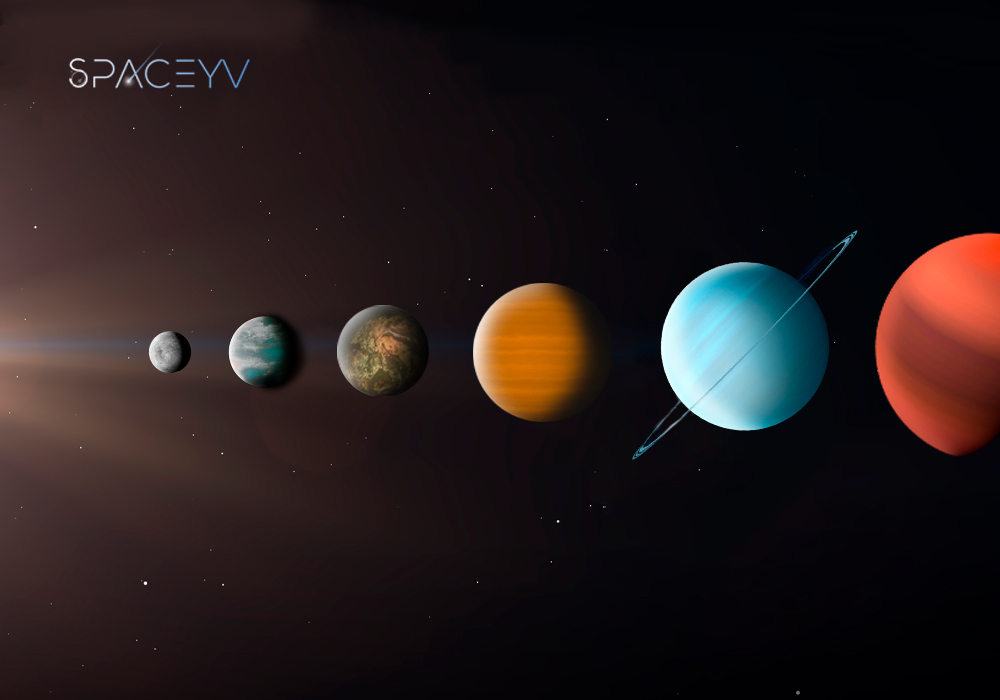
The Cosmic Tapestry: Diversity Across the Universe
Across the universe, planets of all sizes contribute to the rich tapestry of cosmic diversity. From the majestic gas giants that reign over their planetary systems to the humble rocky worlds that orbit distant stars, each planet tells a story of its own, shaped by the forces of nature and the dynamics of its cosmic environment.
Related Contents:
Galaxy , Universe and Solar System Differences
How Many Solar Systems Are in The Milky Way?
Implications for Astronomy and Exploration
Studying both larger and smaller planets provides valuable insights into the formation and evolution of planetary systems. By examining the composition, atmosphere, and surface features of these celestial bodies, astronomers can better understand the processes that govern planetary formation and the conditions necessary for habitability.
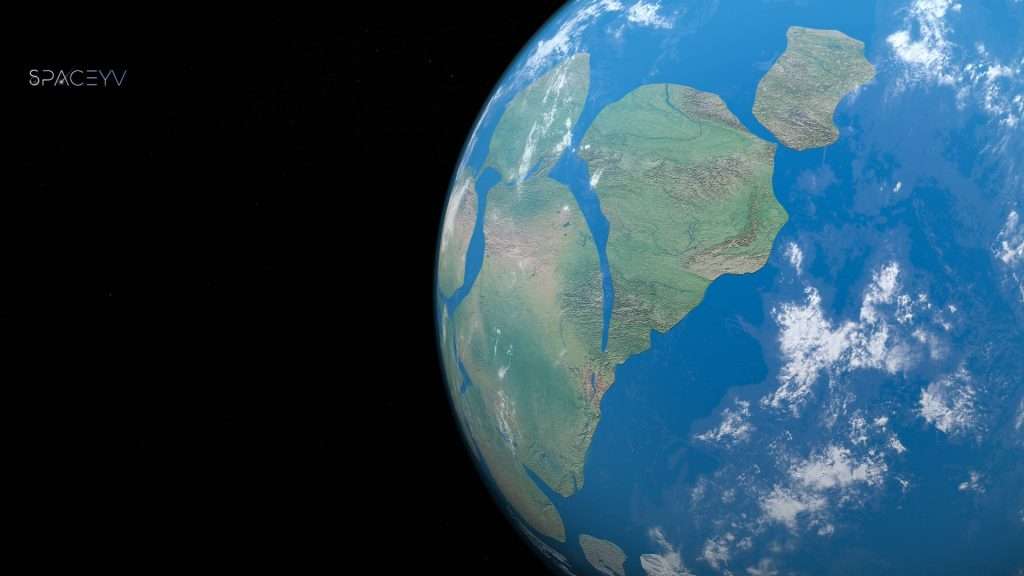
FAQs about Planet Sizes in the Solar System ( Largest and Smallest Planets )
-
Why are gas giants like Jupiter and Saturn larger than terrestrial planets like Earth and Mars?
- Gas giants have much larger diameters and masses compared to terrestrial planets because they are primarily composed of hydrogen and helium gases, which allow them to accumulate massive atmospheres. In contrast, terrestrial planets are made up of solid rocky material and have much thinner atmospheres, resulting in smaller sizes.
-
Is there a clear boundary between gas giants and terrestrial planets in terms of size?
- While gas giants tend to be much larger than terrestrial planets, there isn’t a strict boundary between the two categories based solely on size. However, there is a noticeable transition in composition and structure between the two types of planets. Gas giants have thick atmospheres and lack solid surfaces, while terrestrial planets have rocky surfaces and much thinner atmospheres.
-
Why is Mercury, the smallest planet, not the closest to the Sun in terms of size?
- While Mercury is indeed the smallest planet in the solar system, it’s not the closest to the Sun in terms of size. Venus, Earth, and Mars are all larger than Mercury. This difference in size is due to Mercury’s relatively high density, which allows it to maintain a more compact structure despite its smaller size.

Conclusion
Larger and smaller planets represent contrasting realms within the universe, each offering its own unique set of characteristics and mysteries to explore. Whether towering gas giants like Jupiter and Saturn or compact terrestrial worlds like Earth and Mars, these celestial bodies inspire awe and fascination, driving humanity’s quest to unravel the secrets of the cosmos and our place within it. Thanks for read this article on Spaceyv.com

